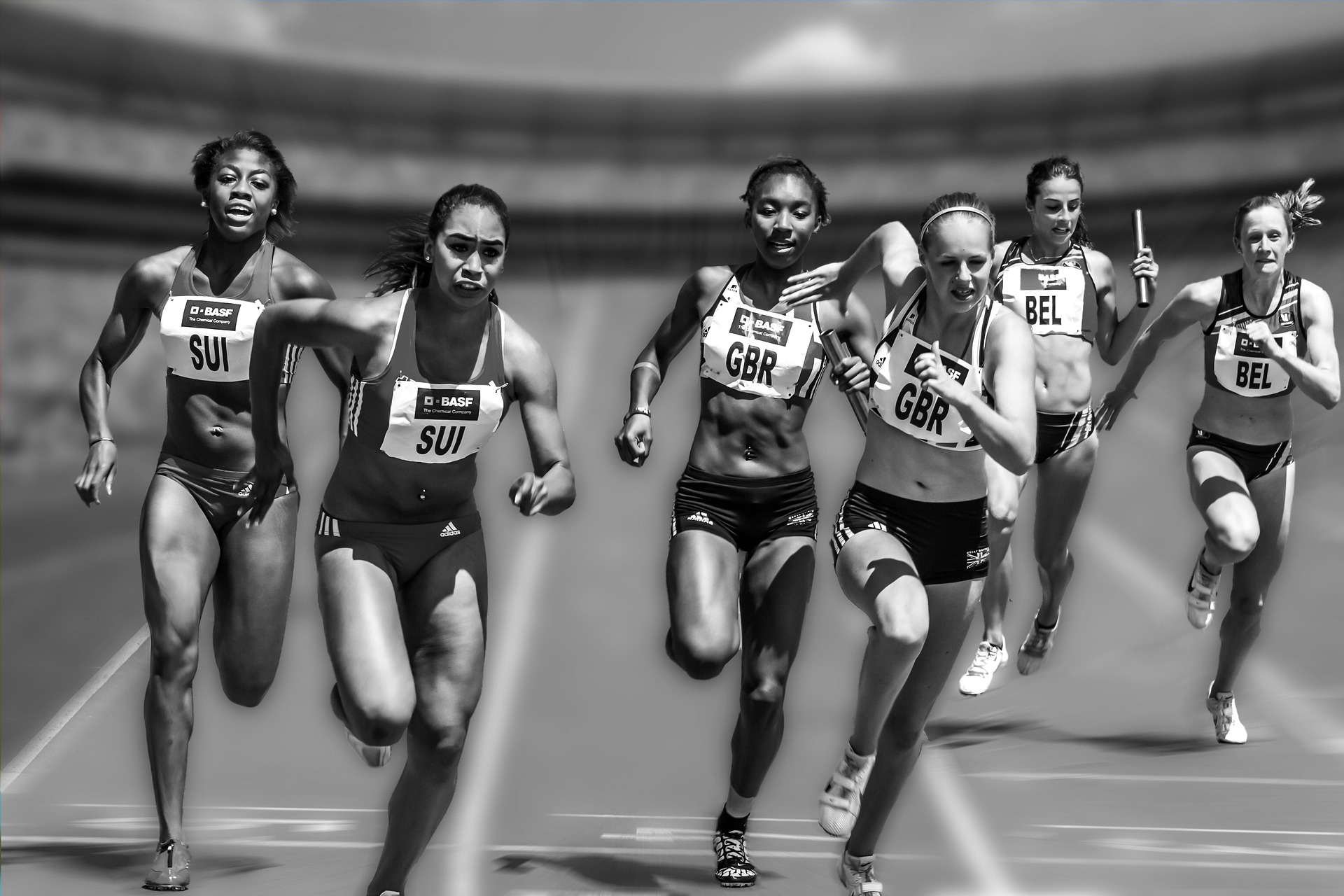The Cutting Edge: How Biomechanics is Revolutionizing Athletic Performance
In the world of sports, the pursuit of excellence is relentless. Athletes and coaches are constantly on the lookout for ways to optimize performance and gain an edge over the competition. One field that has emerged as a game-changer in this respect is biomechanics. The application of this science to sports is revolutionizing how athletes train and perform.

The Science of Movement
Biomechanics is the science that studies the structure and function of biological systems through the methods of mechanics. In sports, it involves understanding how the human body moves and how it can move more efficiently. By analyzing the mechanics of an athlete’s movement, coaches and trainers can identify inefficiencies and correct them, leading to improved performance and reduced risk of injury.
The Role of Technology in Biomechanics
Advancements in technology have played a pivotal role in the application of biomechanics in sports. High-speed cameras, motion sensors, and 3D imaging allow detailed analysis of an athlete’s movement. These tools can identify subtle inefficiencies that may not be apparent to the naked eye. For instance, in running, these technologies can help determine if an athlete is overstriding or landing too heavily, both of which can lead to injury and hinder performance.
Biomechanics and Injury Prevention
Injury is a significant concern in sports. Biomechanics can help prevent injuries by identifying movement patterns that put unnecessary stress on the body. By correcting these patterns, athletes can avoid injuries that could sideline them or end their careers prematurely. For example, pitchers in baseball can use biomechanics to modify their throwing mechanics, reducing the strain on their arms and lowering their risk of injuries.
Biomechanics in Various Sports
Biomechanics is not limited to any particular sport. It’s being used in everything from swimming to basketball. In swimming, for example, biomechanics can help swimmers perfect their stroke and turn techniques, leading to faster times. In basketball, it can aid in improving shooting form, enhancing accuracy.
Future of Biomechanics in Sports
The future of biomechanics in sports looks promising. As technology continues to advance, so too will the ability to analyze and improve athletic performance. Virtual reality, for example, could provide a way for athletes to see their movements in real time, making it easier to identify and correct inefficiencies.
With the increasing emphasis on performance optimization, the role of biomechanics in sports is bound to grow. It’s a fascinating field that promises to continue revolutionizing the world of sports.
- Biomechanics can help identify inefficiencies in movement that may not be apparent to the naked eye.
- Technology plays a crucial role in the application of biomechanics in sports.
- The use of biomechanics can aid in injury prevention by identifying and correcting harmful movement patterns.
- Biomechanics is applicable across a wide range of sports, from swimming to basketball.
- The future of biomechanics in sports looks promising, with developments such as virtual reality poised to further enhance its application.
In conclusion, biomechanics is a game-changer in the world of sports. Its ability to analyze and improve athletic performance is revolutionizing how athletes train and perform. As technology continues to advance, the role of biomechanics in sports is set to grow even more prominent. It’s an exciting time for athletes and coaches alike, who can look forward to new and innovative ways to push the boundaries of what’s possible in sports.




